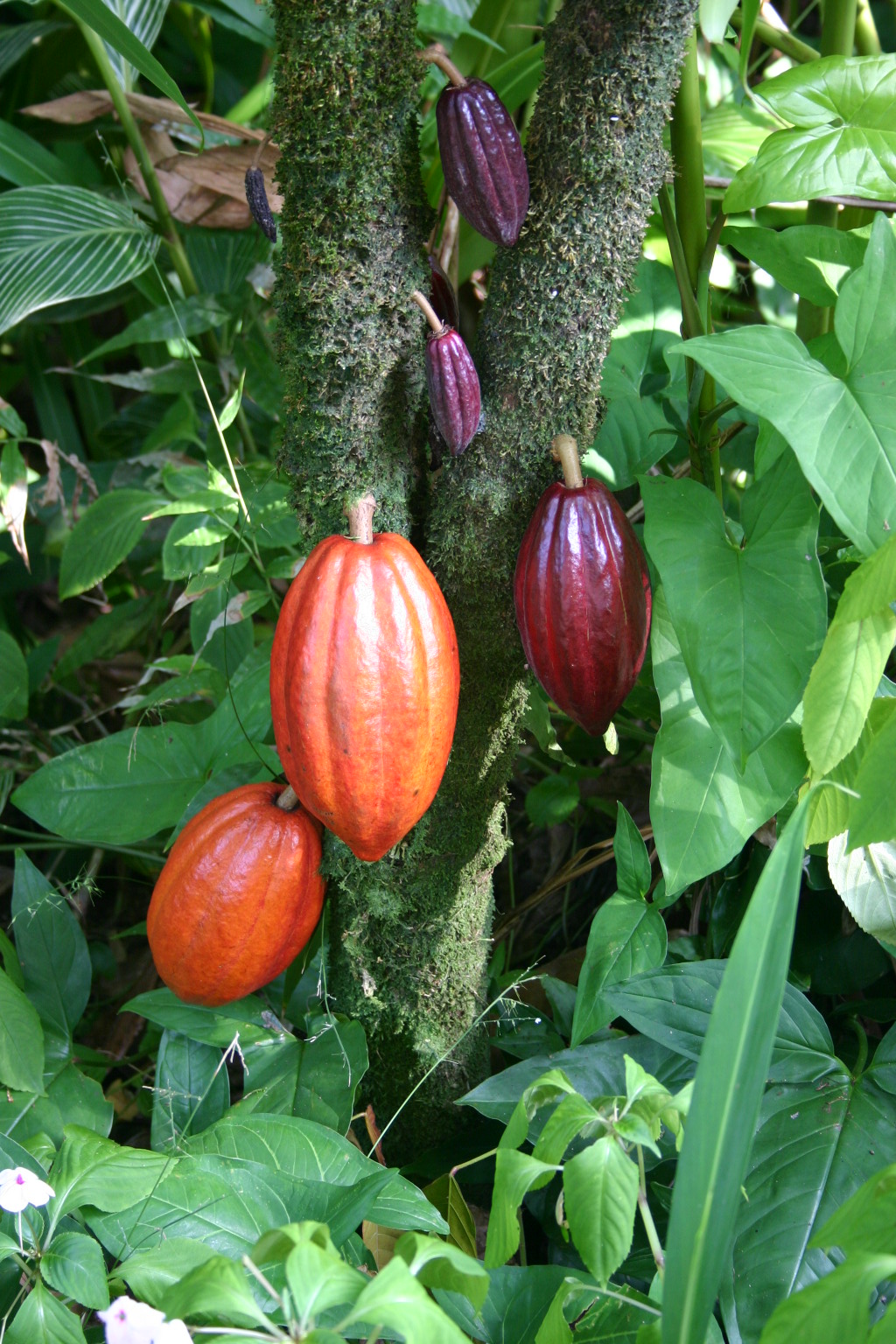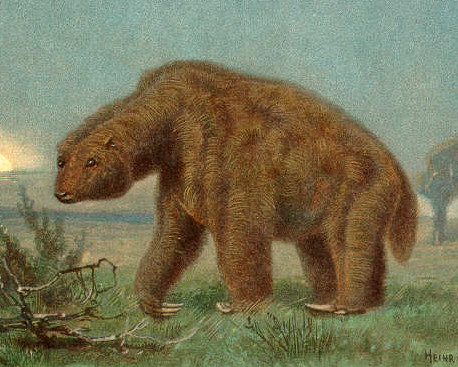Did Dinosaurs Enjoy Chocolate?

Every living thing has a remarkable evolutionary history, stretching back through the eons. Sometimes it’s fun to think about common plants and animals alongside the dinosaurs of the Mesozoic–particularly when there is a fossil record to match! For instance, ancient relatives of ginger are pretty common in the fossil record, so Triceratops might have enjoyed a good herbal tea, and giant Jurassic sauropods could have been serenaded by chirping katydids. But, it’s Valentine’s Day, so I want to know: Did Velociraptor (or its cousin Deinonychus, shown above) trade boxes of chocolates?
That’s obviously a frivolous question, so let’s rephrase it in paleontological terms…was chocolate (or at least its source plant) around with the dinosaurs? To investigate that, we need to delve into the fossil record.
Chocolate is made from the cocoa bean, which is the seed from the fleshy fruit of the cacao tree (Theobroma cacao). The cacao tree is part of a group of plants called the Byttnerioideae, which in term belong to a group called Malvaceae. We could go on and on from there, but suffice to say they are angiosperms, or flowering plants. So, do cacao trees or any of their relatives show up in the fossil record?

An alleged fossil cocoa pod–named Theobroma fossilium [PDF of the original description]–was found in rocks of uncertain age in Colombia (dated to sometime in the last 65 million years), but it later turned out to be part of a fossil jaw [paywalled article]! So, that’s a bit of a dead end.
Byttnerioideae, the group of plants most immediately including the cacao tree, has a pretty dismal (i.e., virtually nonexistent) fossil record. Estimates from molecular clocks (based on gene sequences of modern plants) suggest the group split from other plants between 36 and 20 million years ago–well after the non-avian dinosaurs went extinct! The fossil record for the Malvaceae (the group containing Byttnerioideae and their relatives) is a little better, with possible wood known from around 75 million year old sediments in Texas, and some leaves from around the same time. If you’re interested in a detailed account of fossil Malvaceae, there is a nice summary in a recent paper by Carvalho and colleagues.
The short version of all of this is that only the most distant relatives of cocoa beans grew alongside Velociraptor and friends. But, the news isn’t so bad for every prehistoric animal, especially those from the last million years. Some researchers speculate that giant ground sloths and gomphotheres (elephant relatives) feasted on big fruits like those from the cacao tree. So, even if our beloved dinosaurs never enjoyed chocolate, we can be comforted by the fact that cocoa beans may have passed through a ground sloth butt sometime in the Pleistocene.

A big thank you to scientific illustrator Emily Willoughby, for letting use her artwork for this post. Be sure to check out her website for more gorgeous renderings!
